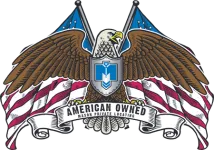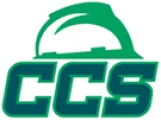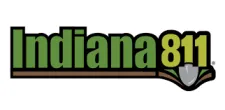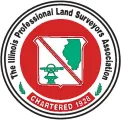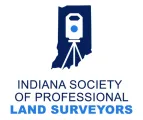In the realm of underground utilities, the general public often thinks of sturdy metal pipes and concrete structures that form the backbone of our modern infrastructure. However, excavators and utilities locators sometimes encounter forgotten relics of the past buried beneath our cities - like wooden water mains. These aging conduits once played a crucial role in supplying water to early American cities, but their existence and impact on modern infrastructure remain largely overlooked.
The earliest American water conduits were largely dependent
on availability, local resources, and engineering practices of the time and
included variations of split logs, clay and stone. During the 19th century, as
urban populations grew and demand for water distribution increased, wooden water
mains became a popular option in American cities due to their relative
affordability and ease of installation. These mains were constructed by
hollowing out logs, typically made from redwood or pine, to create long
cylindrical tubes. The logs were then connected using joints and sealed with a
mixture of oakum and tar. While it is unlikely that any U.S. cities are
actively using old wooden water mains as part of their primary water
distribution systems, there are cases where remnants of wooden water mains
still exist in certain localized areas.
Locating underground utilities is an essential part of
construction and maintenance projects and accidental encounters with these
underground wooden relics can cause disruptions, delays, and unforeseen
complications. Among these complications are environmental risks associated
with damages, even naturally occurring, that can introduce contaminants into
the surrounding soil and groundwater from chemicals like creosote, which was
commonly used to preserve the wooden pipes back then. However, traditional
utility locating methods primarily rely on electromagnetic (EM) signals, which
are not effective in detecting wooden water mains. Unlike their metal
counterparts, wooden pipes lack the conductive properties required for electromagnetic
detection. Even ground-penetrating radar (GPR), which has a wider range of
capabilities and applications than EM, could struggle to detect wooden water
mains due to depth, age and decay. As a result, utility companies and
contractors often face the daunting task of mapping and working around these
historical remnants.
Proactive measures, such as comprehensive utility mapping
and documentation, are essential for providing up-to-date information to
utility companies, construction crews, and excavators when wooden water mains
are discovered. So, how do you map sensitive assets that are non-metallic,
"untonable" & untraceable? If the main has not collapsed or is at least
partially intact, robotic cameras (commonly used in Sewer Inspection services)
can be deployed, and the results are like a time machine, giving you a
real-time look into the past. Perhaps more impressive is the robotic camera's
GPS tracking capabilities that allow technicians to accurately map areas of the
wooden infrastructure that they can safely access. This knowledge can enable
better planning and execution of future projects, minimizing the potential for
disruptions and damages.
Wooden water mains serve as a reminder of the ingenuity and
challenges faced by early American cities in their quest for reliable water
supply. While these historical relics no longer actively contribute to our
modern infrastructure, they still hold the power to impact construction and
maintenance projects today. By improving our ability to detect, record and
navigate around these hidden remnants, we can ensure safer and more efficient
development, while paying homage to the legacy of our underground utility
systems.
We hope that you will keep Mason Private Locating in mind if
you ever uncover a wooden water main on one of your projects. Our Robotic
Camera team would be excited for the opportunity to explore and map some of
America's earliest infrastructure - for the future of America's infrastructure!
Schedule services anytime with the "Schedule Now" button
located at the top of each page on our site or call (888)316-3933 to speak with
one of our Customer Service Representatives.
Interested in learning more about the history of wooden
water mains? Check out this article (and photos!) at HiddenHydrology.org

